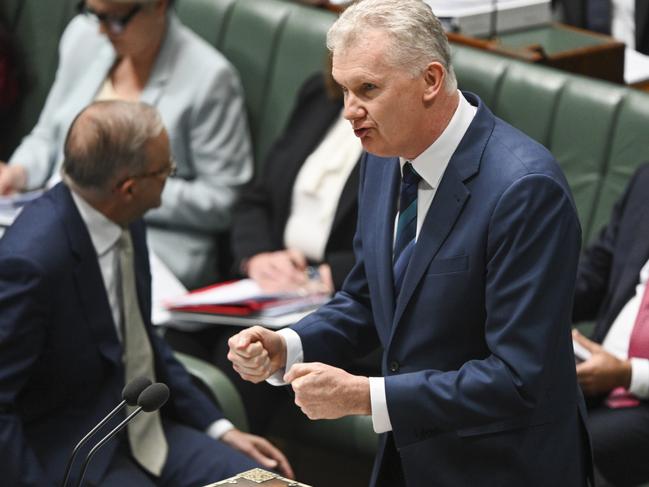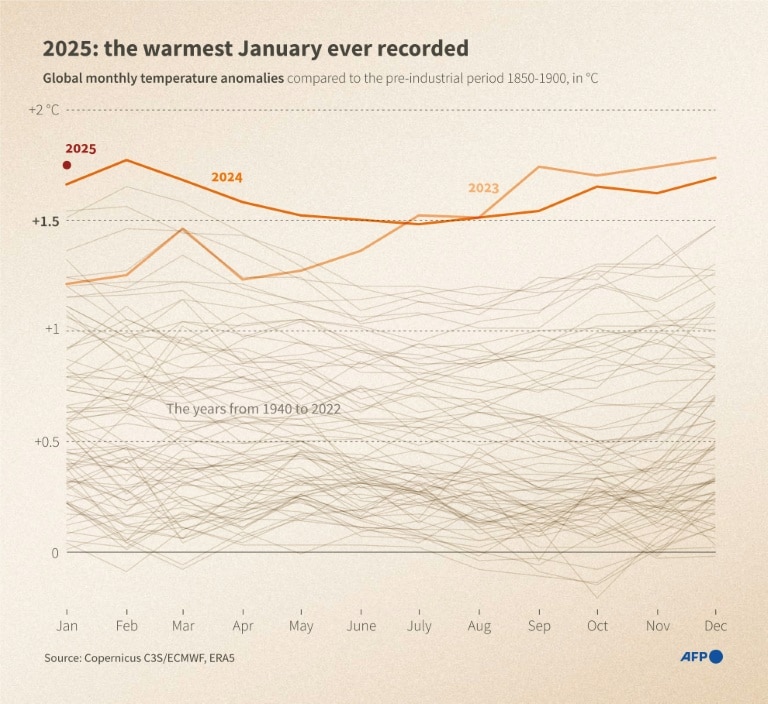Low-paid Aussies set for raise after minimum and award wages lifted
Millions of Australians are about to receive a pay rise after the Fair Work Commission handed down its annual wage review.

Breaking News
Don't miss out on the headlines from Breaking News. Followed categories will be added to My News.
Nearly 200,000 of Australia’s lowest-paid workers will receive a historic 8.6 per cent pay rise following a decision by the industrial umpire to lift minimum and award wages.
The Fair Work Commission handed down the findings of its annual wage review on Friday, with most changes due to come into effect in the first full pay period on or after July 1.
While about 2.5 million award-reliant workers – nearly one in four Australian employees – will receive a 5.75 per cent increase to their wages, an estimated 184,000 workers on the national minimum wage will receive a record 8.6 per cent rise.
Workers on the national minimum wage will have their weekly minimum pay jump by about $70 a week, from $812.60 to $882.90, while their hourly rate will rise to $21.38 to $23.23.
Award-reliant workers will see their hourly rate lift by $1.23 from $21.38 to $22.61 and the weekly rate climb by $46.72 to $859.32
The extra boost to the national minimum wage is a result of the FWC’s historic decision to change classifications of workers on this wage, by ending the 25-year alignment between the national minimum wage and the C14 award rate, an introductory rate in many awards.
Workers on the national minimum wage will now be paid under the higher C13 rate and receive the 5.75 per cent increase determined by the FWC on Friday – which works out to be an 8.6 per cent increase to their wages altogether.
These workers are not covered by awards and represent only about 0.7 per cent of employees.

Employment Minister Tony Burke hailed the minimum wage rise as “the best decision we have ever had” for workers from an annual wage review or from its predecessors.
“It has only been possible because of the actions of the government,” he told reporters in Sydney.
“But yes, there are still more changes that we need to make. There is still a series of loopholes of undercutting wages and we are intending to deal with that in the second half of this year.”
Mr Burke said he knew people on the minimum wage would still be doing it very tough.
“The government does not pretend otherwise.”
The Albanese government had argued to the FWC – for a second year in a row – that low paid workers should get a wage rise in line with inflation – which rose by 6.8 per cent in the 12 months to April.
The FWC last year lifted the minimum wage by 5.2 per cent to $21.38 per hour or $812.60 a week at a time when inflation was running at 5.1 per cent.
The independent tribunal creates a safety net for workers in the national system by setting the national minimum wage and award rates of pay every year after carrying out a review from March to June before the new financial year begins.
This year, the FWC hasn’t lifted national award rates of pay in line with inflation, meaning award-reliant workers’ pay won’t keep up with consumer prices, at least in the short term, with inflation not expected to return to a more manageable rate of 3.25 per cent until 2024.
Nevertheless, the 5.75 increase defied market expectations of a 5 per cent boost and it is also above the 5.25 per cent midpoint between the 7 per cent increase the Australian Council of Trade Unions wanted and the 3.5 per cent rise employers called for.

Australia’s peak union body urged the FWC to lift the minimum hourly rate for the lowest paid people in Australia by 7 per cent to $22.88 from July, taking the annual wage for these workers to $45,337 a year.
Unions have clashed with employer groups over the FWC determination, with business warning significantly higher wages could lead to a “wage price spiral” in which extra spending would drive up inflation.
Handing down the decision on Friday, FWC president Justice Adam Hatcher said the broader economic effect of the outcome of the annual wage review was limited.
“We emphasise that the annual wage review process is not one of adjudication between competing proposals,” Justice Hatcher said.
“While we have taken the submissions that have been made into account, ultimately our statutory task is to make our own assessment as to what constitutes a safety net.”

Justice Hatcher said the current combination of economic circumstances — low unemployment, falling wages and high inflation — was “very unusual” and had made the FWC’s decision challenging.
“A further challenge is expected sharp slowdown in economic growth over the next year,” he said.
The business lobby was quick react to the FWC determination with dismay.
Speaking to reporters in Canberra right after the FWC handed down its decision, Australian Chamber of Commerce and Industry Chief Executive Andrew McKellar told reporters in Canberra said he was disappointed.
He also said he was surprised the FWC had said the wages increase wouldn’t contribute to a wage price spiral.
“If you put this together with other pressures that are already on business, we cannot see how that is the case,” he said.
“It seems abundantly clear this does add to the pressure that businesses face in terms of margins and prices.”
Labor’s submission to the FWC’s 2023 wage review, which was published in full in March, did not list a figure of how much the government wanted wages to increase by but said “low-paid workers” should not “go backwards”.
The FWC’s 2023 wage review was the first to include the objective of gender equality, with the government noting that women are disproportionately represented among low income earners.
The submission did not recommend that the wage umpire should automatically lift wages in line with inflation “across-the-board” nor should inflation be the only factor considered by the FWC.
Originally published as Low-paid Aussies set for raise after minimum and award wages lifted


